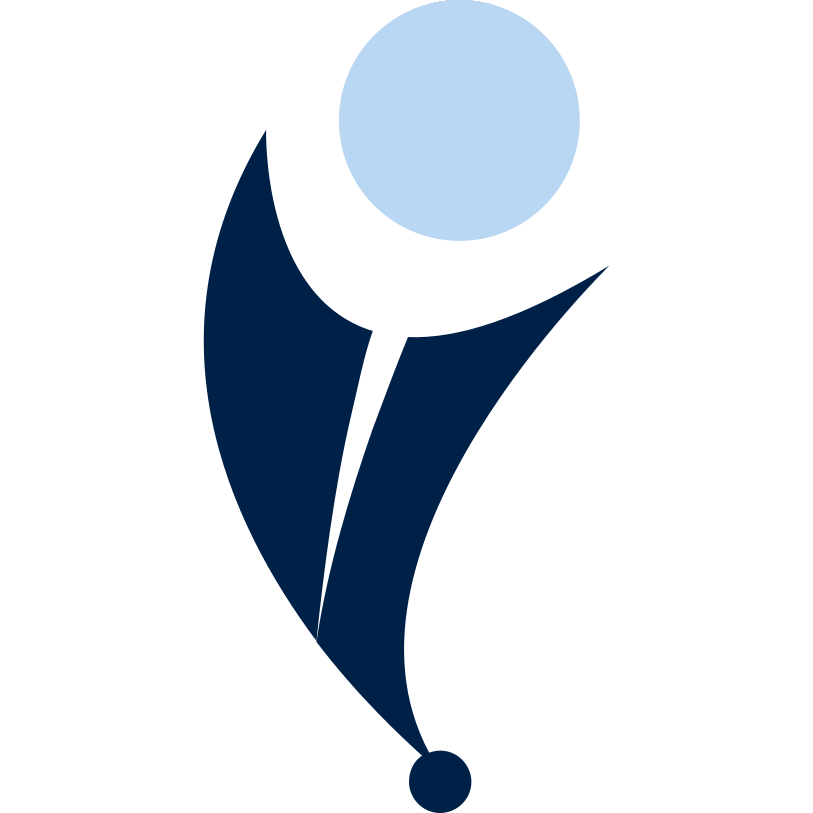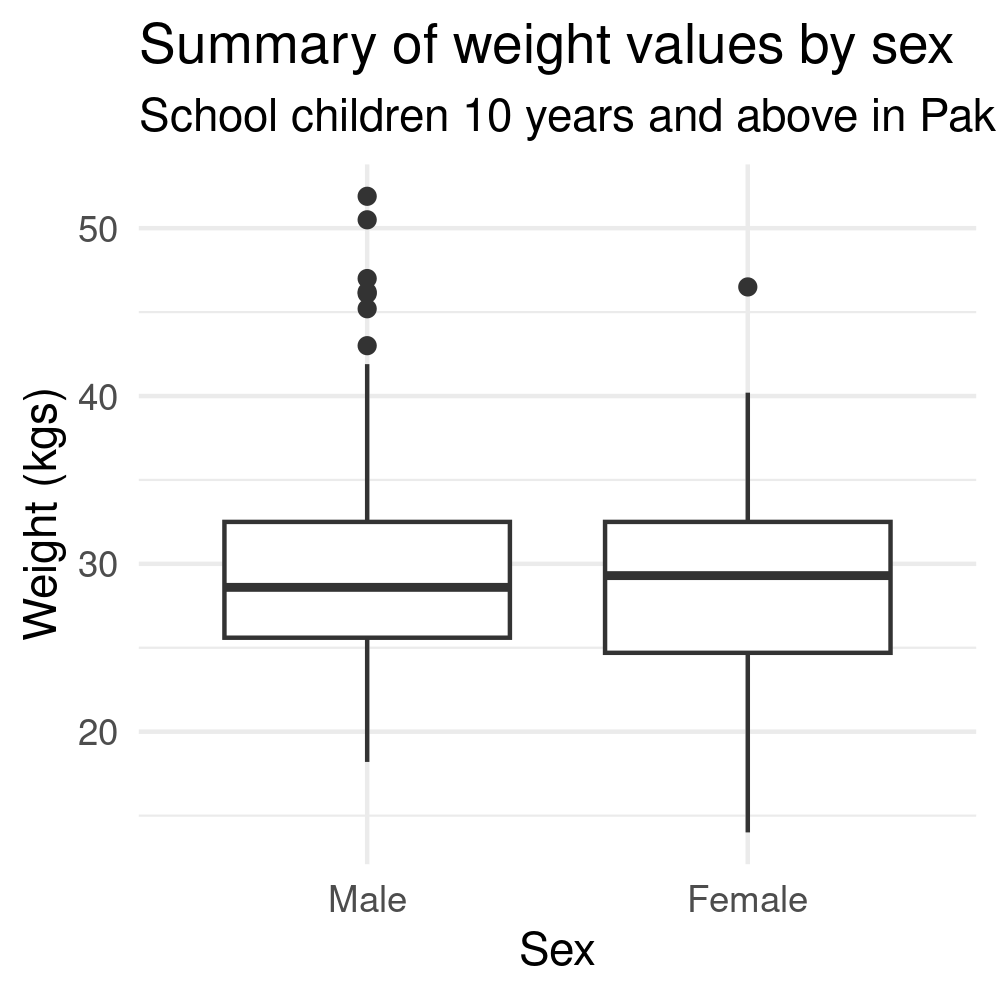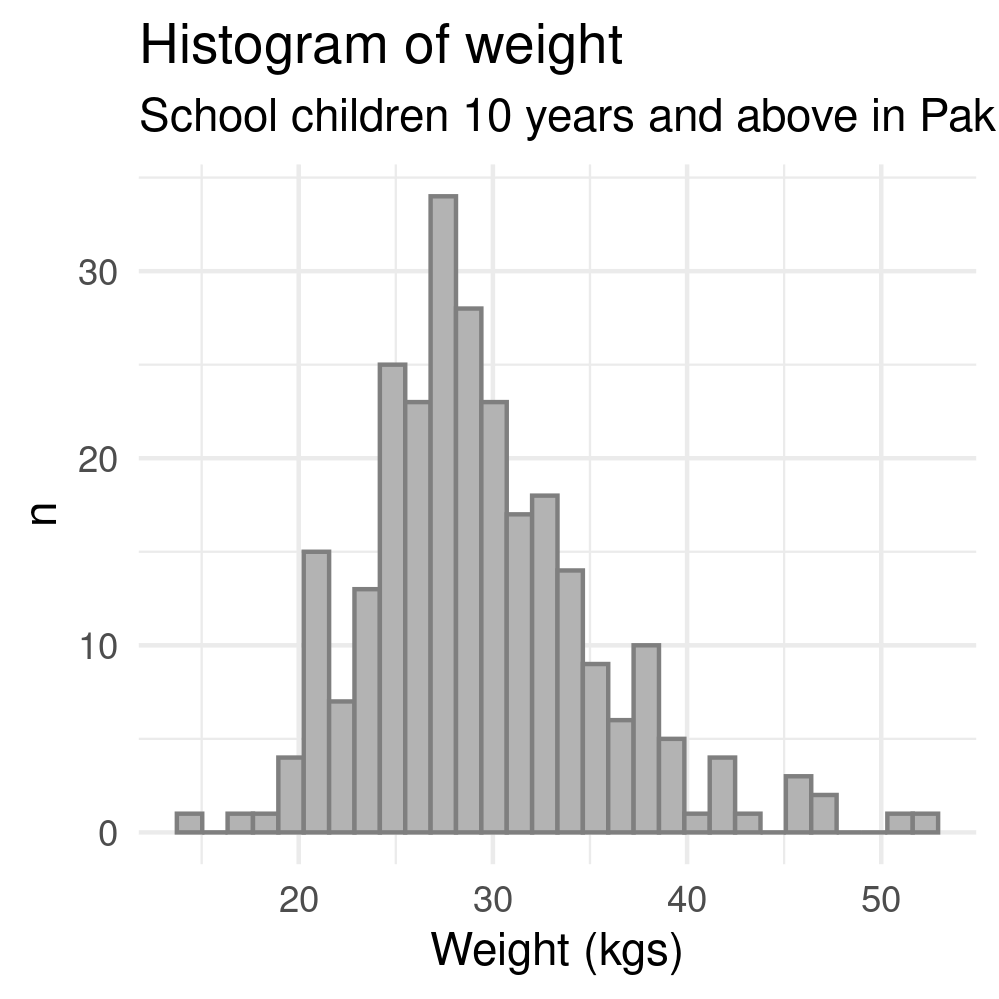
It’s time for our first monthly news round-up! Latest batch of Oxford iHealth Champions We’re very happy to have our latest cohort of Oxford iHealth Champions inducted into the programme. Congratulations to our newest batch and we hope to hear from those of you plant to further their Champion’s journey. Read more about our newest Champions cohort in this blog post.








